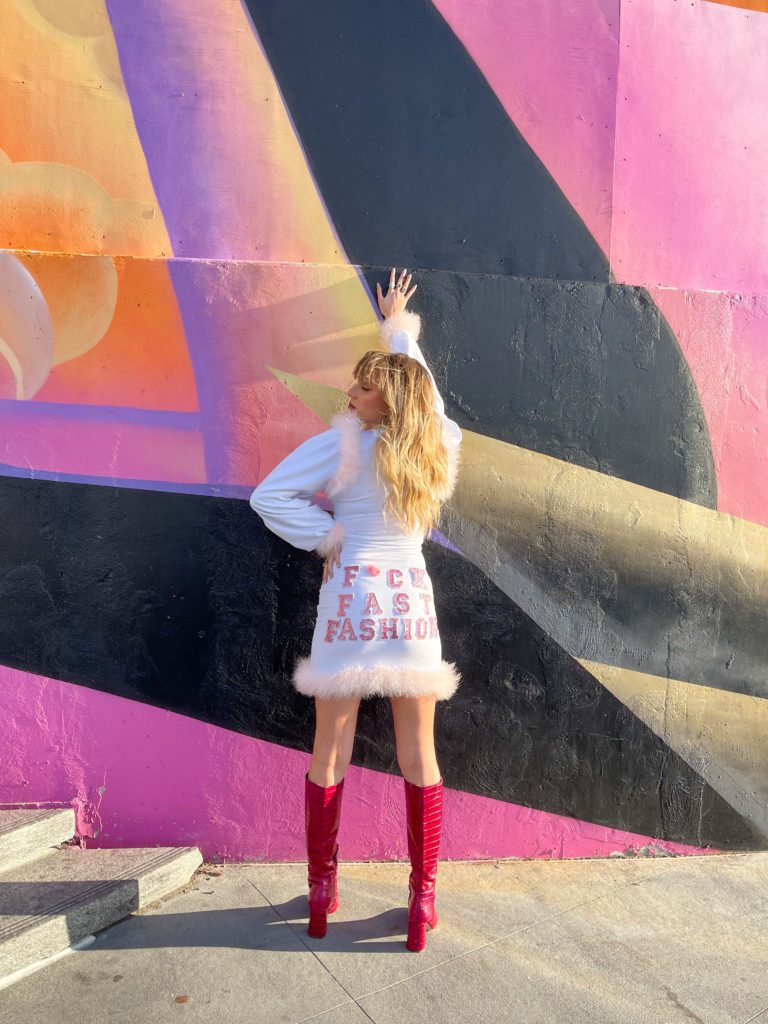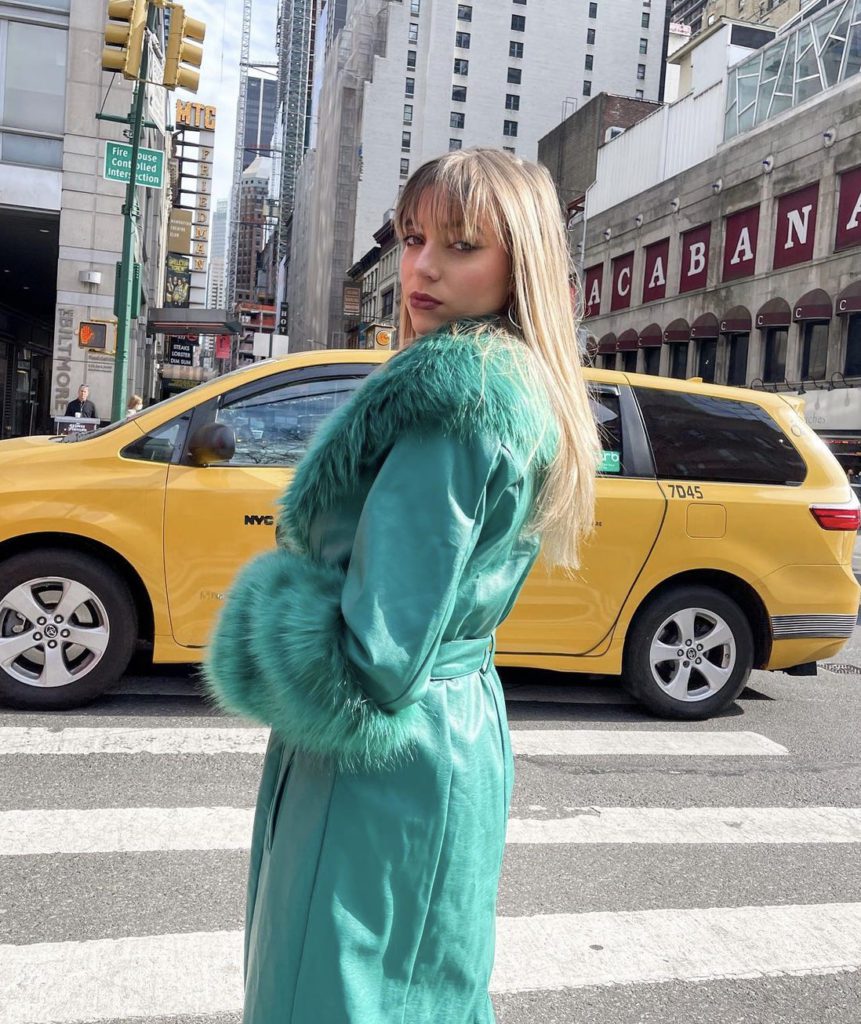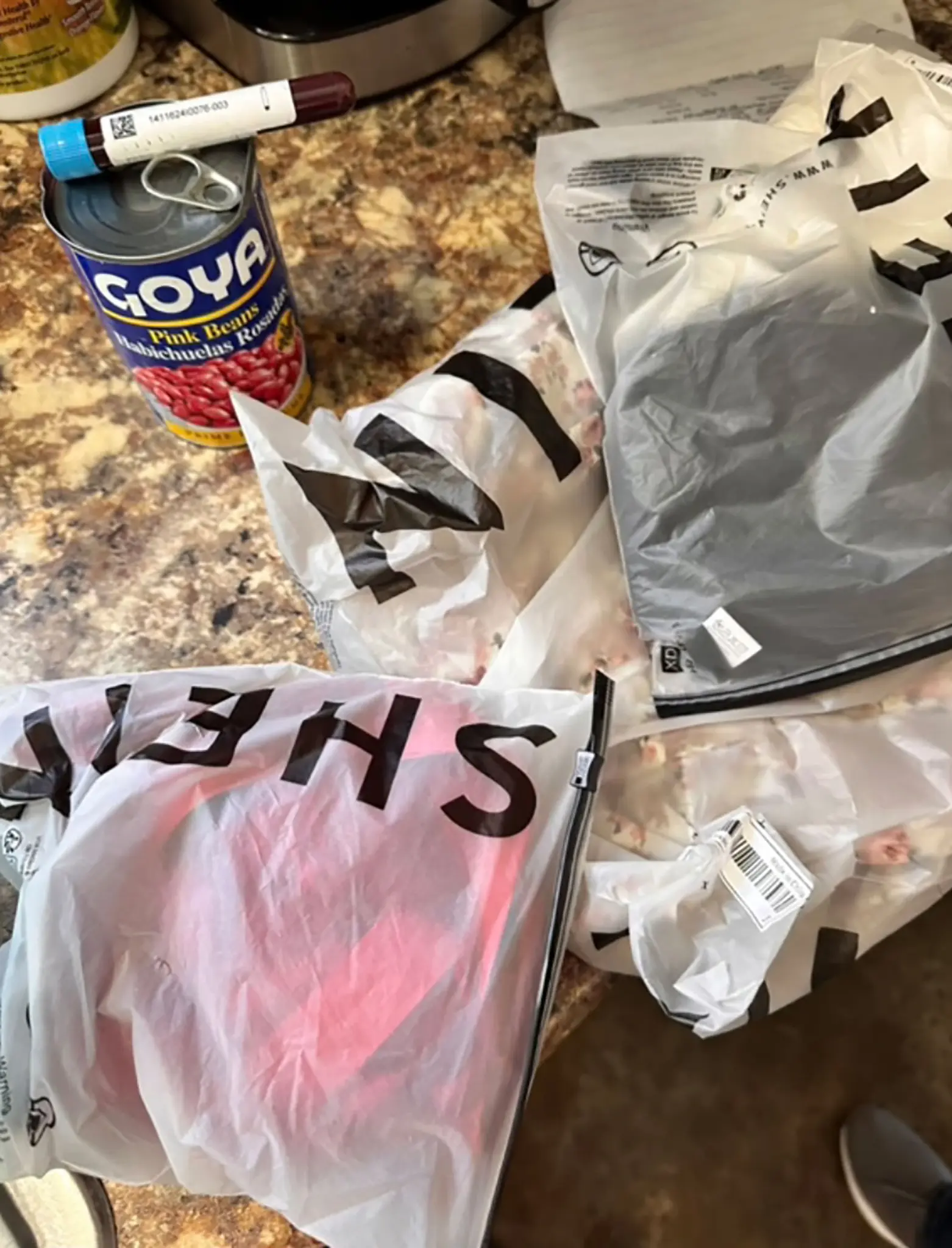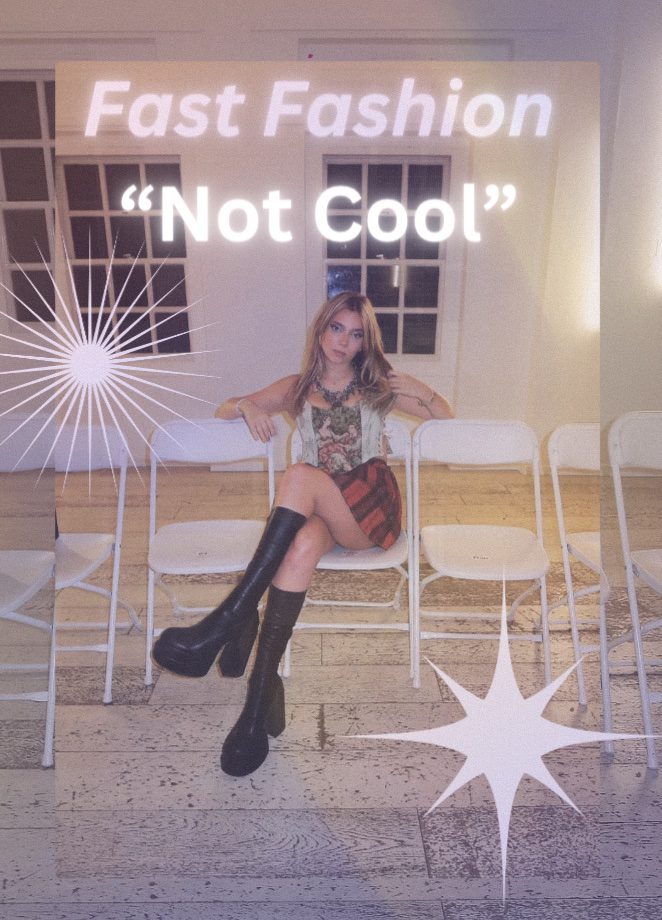I have been addicted to fashion for most of my life, so I totally understand the instinct to support fast fashion brands by compulsorily buying their on-trend, super cheap clothing. It’s not even that you want to support them. It’s just that the clothes look so good, it’s the latest style and you can afford them.
But let’s look at the negative: Fast fashion is leading to massive waste in landfills, polluted waters, permanently damaged ecosystems, long term negative impacts on local communities, not to mention it’s harmful impact on the very people who make those affordable clothes for you. When you know the truth, it’s hard to think about buying that inexpensive top at Shein or Zaful again. Let’s dive deeper.


The Dangers of Fast Fashion
The definition first: Fast fashion is the term used to describe clothing that is produced quickly and cheaply. Brands and retailers that engage in fast fashion practices often create designs based on seasonal trends directly inspired by the runway.
To name a few brands with fast fashion practices: Forever 21, Zara, Fashion Nova, Shein, Zaful, H&M, PrettyLittleThings, Primark, Missguided, etc.
The fashion industry, as a whole, is highly unregulated so the exact amount of toxic contributions to our planet is unknown, although it’s estimated that the industry is responsible for 8-10% of greenhouse gas emissions.
Fast Fashion is Costly to the Planet
Let’s look at some facts: About 200 tons of water are polluted for every 1 ton of fabric created and 100 million tons of excess textiles end up in landfills each year. As global demand increases, factories plan to expand to keep up with growing consumer needs. The people living nearby those plants pay a price with toxic run-off contaminating water supplies. When consumed they have serious side effects. Women, men and children in a town in India are experiencing symptoms of muscle degeneration, vascular problems, eye diseases, loss of speech and infertility, all conditions linked to pollution.

How Fast Fashion Became Popular?
In the 1950’s if a woman wanted to buy a dress she’d order it from a Sears catalog spending $9 ($72 in today’s dollars). Today, someone could walk into Forever 21, spend the same amount of money or maybe less if that dress is on a sales rack. Of course, most of us know that dress won’t last. But it doesn’t matter because all it has to last is ONE night. The one night the consumer is buying the outfit for. Clothing has become disposable.

Patricia Wall/The New York Times/Redux
But it’s not just clothing. We live in a disposable society. Things in general are made in mass quantities as cheaply as possible. Think about how inexpensive some TV’s, sewing machines, cameras, computers, shoes, have gotten. If some of these items break, it’s cheaper to buy another than to get the broken item fixed.
Let’s talk about two fashion brands that are mass producing due to consumption needs. According to Vox, Missguided releases about 1,000 new products monthly and Fashion Nova’s CEO says that brand launches 600- 900 new styles every week. That’s insane. These garments are meant to meet our addictive need to be on-trend but they aren’t always meant to last. It depends on the store but trust me, as a former shopper of some of these fast fashion brands, after a few wears the items weren’t in good enough shape to keep or donate.
Social Media and Fashion Influencers have Contributed to Fast Fashion
Social media influencers, whether on TikTok, Instagram, Facebook, YouTube, you name it, are part of the problem. That would include the “former me”. Fast fashion brands give their clothes away for free to nearly any influencer. If you post in cute clothing often enough, you will likely get approached by brands wanting to give you free clothing, as long as you agree to post pictures in the fit and tag them.
You’ll rarely see influencers in the same clothing EVER. That’s a problem. According to a survey back in 2017 by Hubbub (in Vox) 41% of 18-15 year olds felt pressured to wear a different outfit every time they went out. A 2019 survey commissioned by The Barnado’s charity found that consumers in the UK spent up to 2.7 billion pounds on clothing they wore once.
Now those are studies done in 2017 and 2019. Let’s hope things have changed in the last few years since there has been a big push on sustainability. I mean #OutfitRepeater has become a big hashtag with more than 100,000 posts on Instagram. So maybe there’s hope.
Fashion Fashion is Costly to its Workers
85% of garment workers in fast fashion factories only get paid 2-6 cents per piece. Most garment workers work 60-70 hours a week with a take home pay of just $300 dollars. They are not paid overtime and often work in unsafe, cramped, dirty and poorly ventilated work space. Children are often used in these fast fashion factories doing tasks such as dyeing, sewing buttons, cutting and trimming threads, folding, moving and packing garments.
Fast Fashion is Greenwashing as Consumers Get Educated about their Environmental Impact
As people become aware about the harmful production practices of fast fashion brands, these companies are trying to rebrand their image by marketing their “actions” that help the environment, while in reality, they are making no real impactful change.
Some brands have developed “eco-conscious” collections that are allegedly made from organic materials. But that one collection does not offset the harmful effects of the rest of their business practices. Other brands have buy-back or donation programs to make their consumers feel better about buying their products.
Some brands are using “synthetic” fibers to make their clothing, which they market as “better” for the environment when in truth the synthetic fibers can be even more harmful to the environment. And brands like Shein and Zaful have zero transparency about where their clothes are sourced and manufactured. It’s all online so consumers know nothing.
How Can You Be Fashionable and Sustainable?

So if you ask consumers, especially those Millennials or Gen Z’ers, they’ll tell you sustainability is very important to them. I mean we’ve inherited a planet that’s practically on fire. I’m being hyperbolic but you get my point.
The problem is, according to Harvard Business Review there is an “intention-action gap between what consumers say and what they purchase. Meaning people aren’t really making sustainable purchase decisions even though they know they should.
We need two things to happen, we need the fashion industry to clean up its act. For example, H&M and Zara are promising to make meaningful sustainable changes. So let’s watch them to see if they are really taking meaningful action. But all brands would be forced to make meaningful changes if consumers demand it.
So it’s up to all of us. As a former fast fashion addict, trust me… it’s hard. I love fashion. But let me tell you what I’ve done to try to be a more sustainable fashion lover.
- I buy nearly all my clothes from secondhand online stores or in person thrift or vintage stores. Here’s my How-to Guide on Thrifting.
- I rent clothing from Nuuly
- I donate my clothes to thrift stores like Goodwill. They resell them to help at-risk populations.
- I borrow clothing and swap clothing with my friends.
- I only clean clothes when necessary. I wash them in cold water and try not to dry them. If I do, I dry them on low heat.
- I repair my clothes
- If I ever buy new, I buy quality things I plan to keep forever and I buy from companies that are transparent about their sustainable goals and actions.
- Take small steps. You don’t have to be perfect and you don’t have to do everything at once.
How Do You Get in Touch With Lexy Silverstein?

If you’d like to contact me, please email me at LexySilverstein@gmail.com.
You can also follow me on my socials:
Instagram: @lexysilverstein
Youtube: Lexy Silverstein
Twitter: @eLEXYfy
TikTok: @ldddddddexysilverstein
Facebook: Lexy Silverstein










